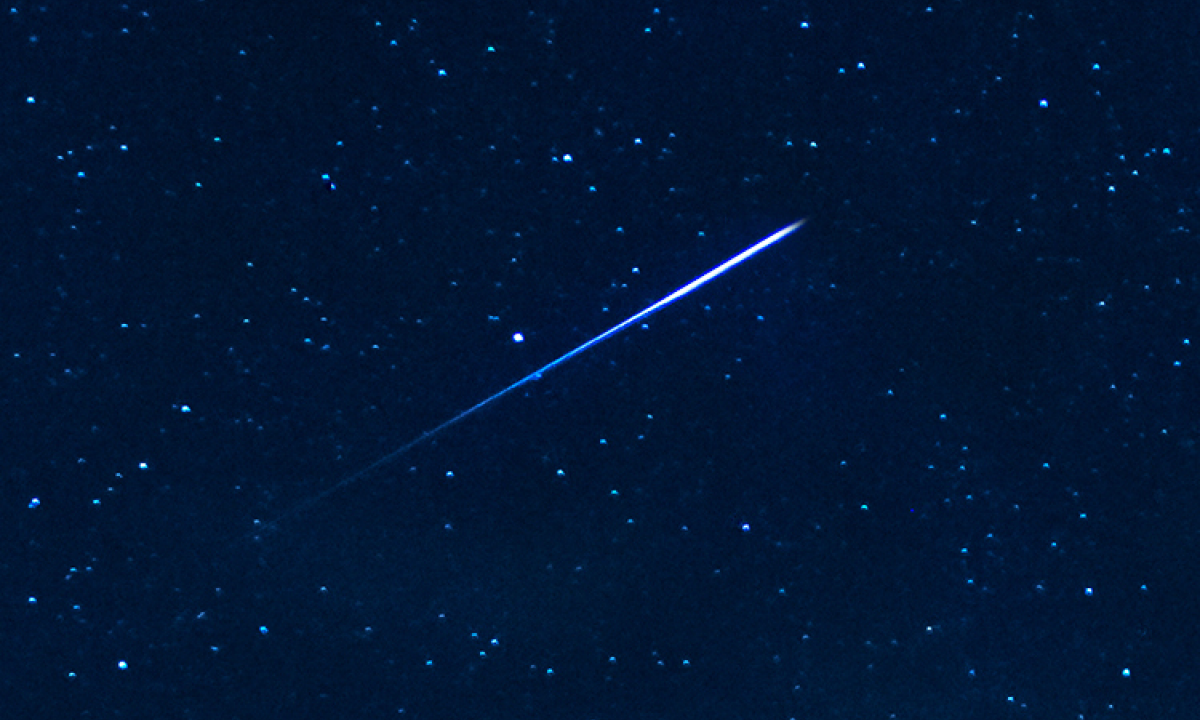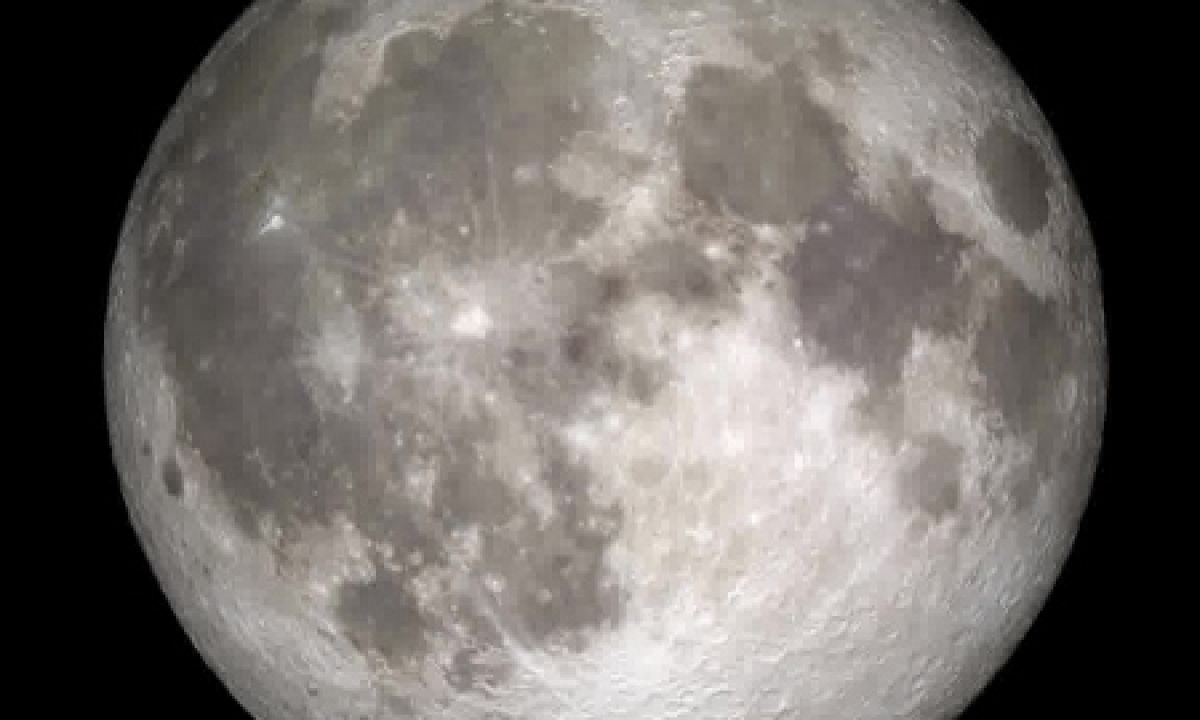*
Mercury’s 88-day orbit around the Sun will carry it to its furthest point to
the Sun – its aphelion – at a distance of
0.47 AU.
Unlike most of the planets, which follow almost exactly circular orbits around
the Sun only varying in their distance from the Sun by a few percent,
Mercury has a significantly elliptical orbit.
Its distance from the Sun varies between 0.307 AU at perihelion (closest
approach to the Sun), and 0.467 AU at aphelion (furthest recess from the
Sun). This variation, of over 50%, means that its surface receives over twice
as much energy from the Sun at perihelion as compared to aphelion.
However, this makes little difference to Mercury’s telescopic appearance, since
little if any detail on its surface can be resolved by ground-based telescopes.
Although its changing seasons have an incredible effect upon its surface
temperatures, there is little change that is visible to amateur observers.
The position of Mercury at the moment it passes aphelion will be:
| Object | Right Ascension | Declination | Constellation | Angular Size |
| Mercury | 09h05m40s | 14°12’N | Cancer | 9.8″ |
| Sun | 07h34m | 21°38’N | Gemini | 31’28” |
The coordinates above are given in J2000.0.
From Los Angeles, Mercury will not be observable – it will reach its highest point in the sky during daytime and will be no higher than 3° above the horizon at dusk.
The sky
on 14 Jul 2025
Source
The circumstances of this event were computed using the DE430 planetary ephemeris published by the Jet Propulsion Laboratory (JPL).
This event was automatically generated by searching the ephemeris for planetary alignments which are of interest to amateur astronomers, and the text above was generated based on an estimate of your location.
Related news
Image credit
© NASA/JPL/MESSENGER




No comments! Be the first commenter?